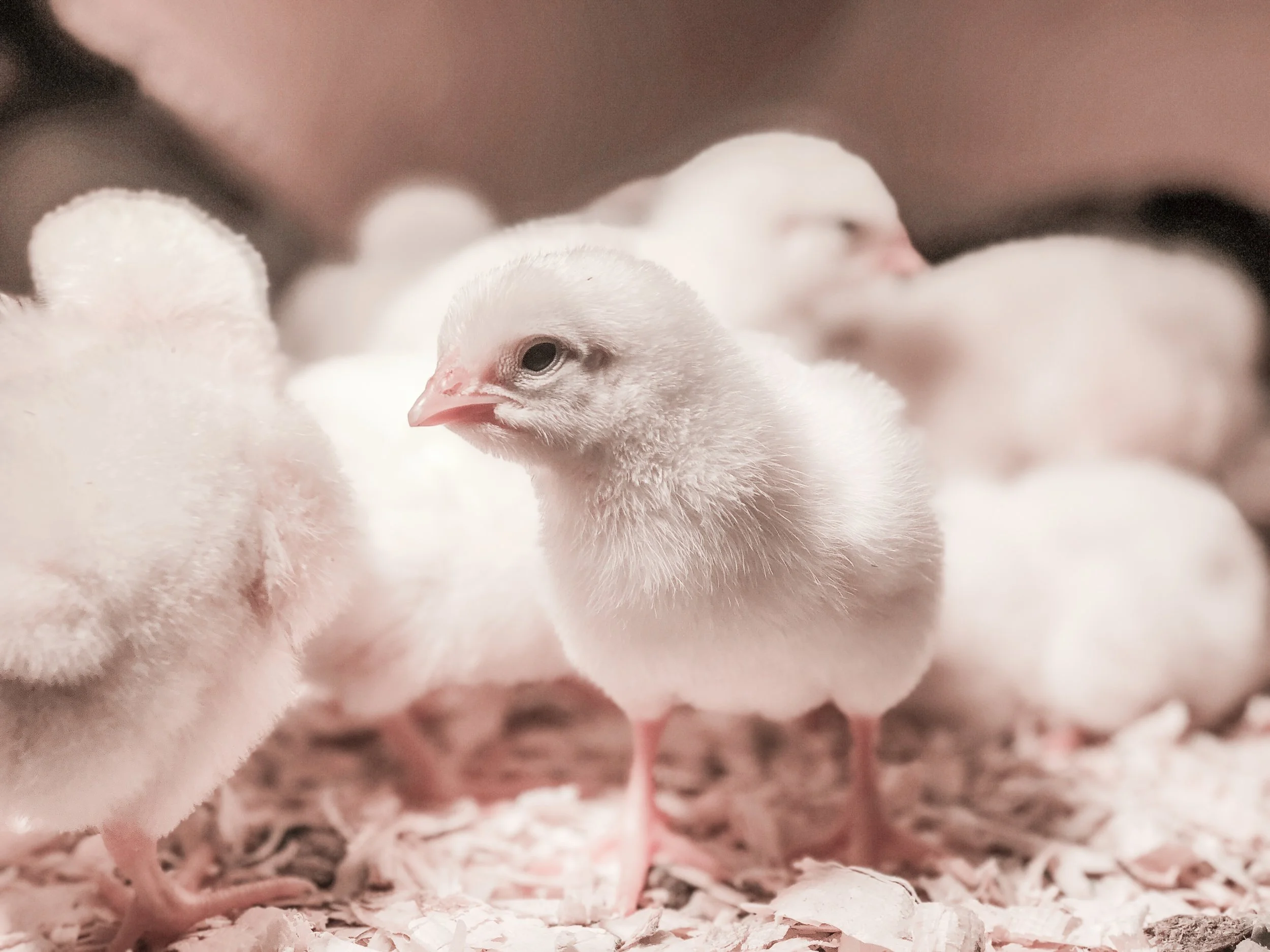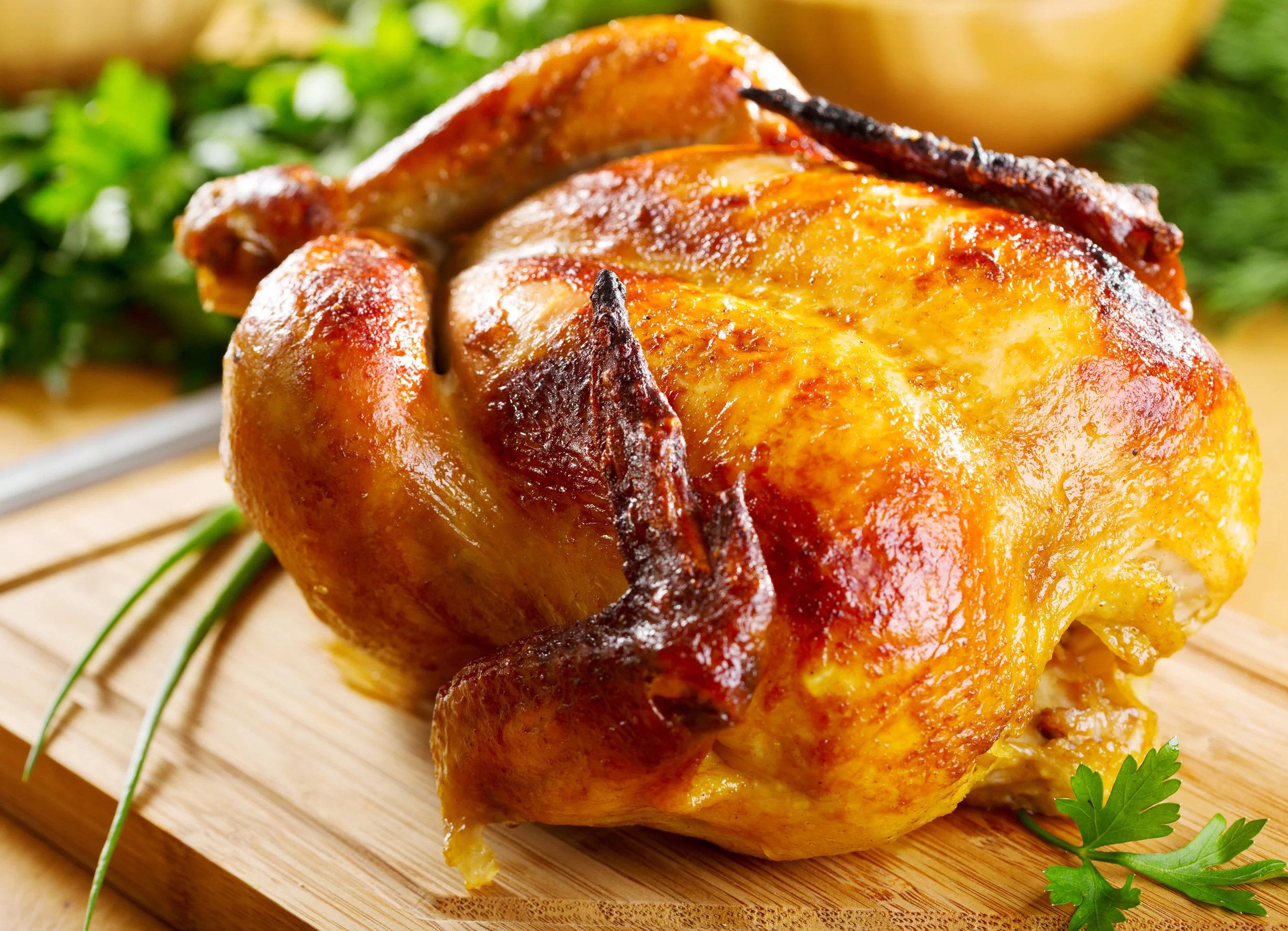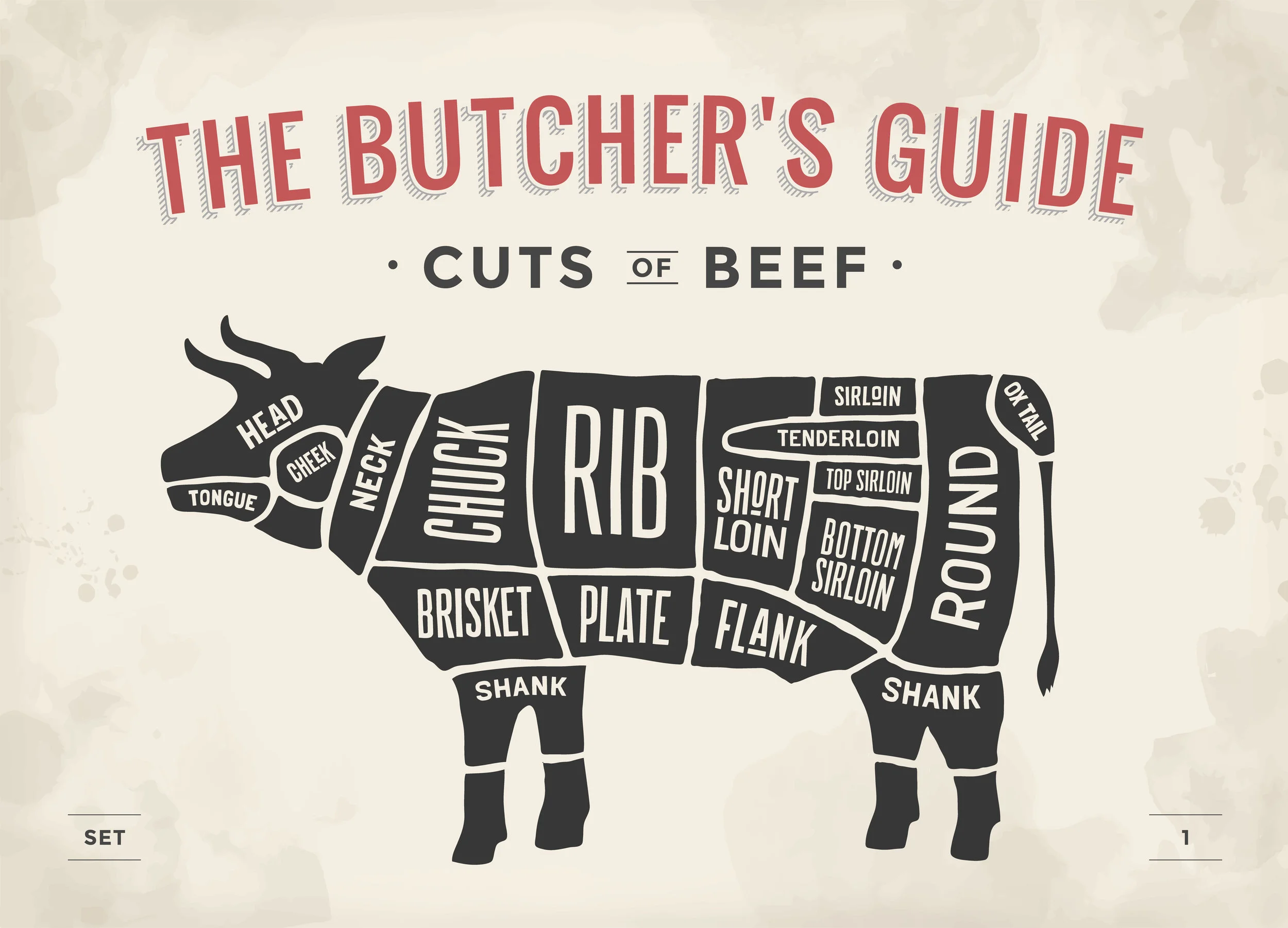Should chickens eat eggs?
In October, I sent out a casual poll through a variety of media with the question “Should a chicken eat an egg?” A whopping 70% said no. The most common reasoning was “they’re eating their babies.” Being that Josh and I love educating communities, we scored a perfect opportunity to talk about the crazy epicness of an egg.
ILLUSTRATION BY JACK0M VIA GETTY IMAGES
There are four main parts to the egg: the shell (95% calcium), the white aka albumen (½ the egg’s protein and cushion for the yolk), chalaza (the stringy white things that are simply protein ropes that keep the yolk from bouncing around), and the yolk, which is NOT A BABY CHICK. All the yolk is is a nutrient dense food. A lunch packed by mama hen. How odd would it be if living beings had kids by packing a paper bag lunch and out sprouted a child? (For those of you who thought it was the yolk, don’t worry! I originally thought it was, too.)
For a list of all the nutrients of an egg, scroll down.
A hen will lay eggs pretty consistently through her lifetime. When she feels she’s got a proper clutch of 7-12 eggs, she’ll sit. It’s heat, not time, that starts the process of chick growth, so there won’t be any development until it’s consistently warm. When a hen “goes broody” and sits on that nest like it’s her job, the eggs reach a warm enough point due to body heat and they all start developing at the same time. This allows eggs that have been laid on different days to still hatch at the same time.
There are actually 5 Narragansett hens here trying to share the same nest. There will always be bird things we don’t understand.
Contrary to popular belief, the chick has the potential to develop from a tiny little dot nestled on the membrane of the yolk (blastoderm) and only if it’s been fertilized. It’s not the yolk as most of us have been led to believe. This dot is snugged tight in the membrane, being cushioned between the yolk and white. The chalaza is what keeps the yolk and growing chick anchored in the center of the egg. The hen will also rotate the eggs regularly to make sure the chick stays centered and develops evenly. As the chick grows, it obviously gets bigger. “There’s not enough room in the egg for a chick if neither the yolk nor the white is a chick,” you may think. Correct. That’s why through the incubation period, the egg will expel moisture through the 17,000 tiny pores in the shell to make room. When an egg hits the last 72 hours before hatch, it goes on lock down. The egg stops being rotated, chick gets into hatching position, and the yolk is absorbed THROUGH ITS BELLY BUTTON. Yes, folks. That’s right. Chickens have belly buttons. I learned this in the field, as I picked up a baby chick, scratched off what I thought was some built up waste, and the chick started bleeding. As someone new to chickens, I FREAKED OUT because I though I just killed the little guy, and proceeded to rampage through the internet for answers. Don’t worry - chick had zero problems and I now know that chickens have belly button scabs that shouldn’t be scratched off. That would have been nice to know earlier.
This is a baby turkey poult in hatching position, with his beak under the right wing.
Note: we do NOT recommend helping birds hatch as it’s critical to their development. In the above case, this poult was having significant problems. We stepped in only after it crossed into the “danger zone” and we knew it would not hatch on it’s own.
In those last days before hatching, the chick does what I wish I could do (and what I wish loud chewers would do :) ) and absorbs the food mama hen packed for them right into their stomach. This yolk food is incredibly dense with vitamins, minerals, protein, fats and fluids, and that yolk will allow the chick to survive without consuming food or water for the next three days as it waits for its brothers and sisters to hatch. Since eggs need constant heat, if mama hen had left the nest to feed the chick that hatched first, the other eggs would have died. By absorbing the yolk, chicks are already fed and watered and get to focus their energy on fluffing up and figuring out how to stop somersaulting over their fresh little legs.
Circling back to answer the question “If a chicken eats an egg, is it cannibalism?” No. When a bird eats an egg, it’s simply snacking on a nutritious packed lunch and is eating the calcium-laden shell to replenish stores so they can continue to lay quality shells (so that the chicken can continue to produce eggs).
So next time you crack an egg into your pan, you are not looking at a hopeless baby chick. You’re looking at one of nature’s nutrient treasures.
Irregular calcium deposits.
Nutrition of a yolk: Packed with protein, fat, calcium, magnesium, iron, phosphorus, potassium, sodium, zinc, copper, manganese, selenium, thiamin, riboflavin, niacin, pantothenic acid, B6, folate, B12, Vitamins A, E, D, K, Carotenoids, and DHA and AA.
An egg laid with out a shell can either be a fluke, a sign of illness, or a deficiency in calcium stores.













Everything you need to know about every pork cut.